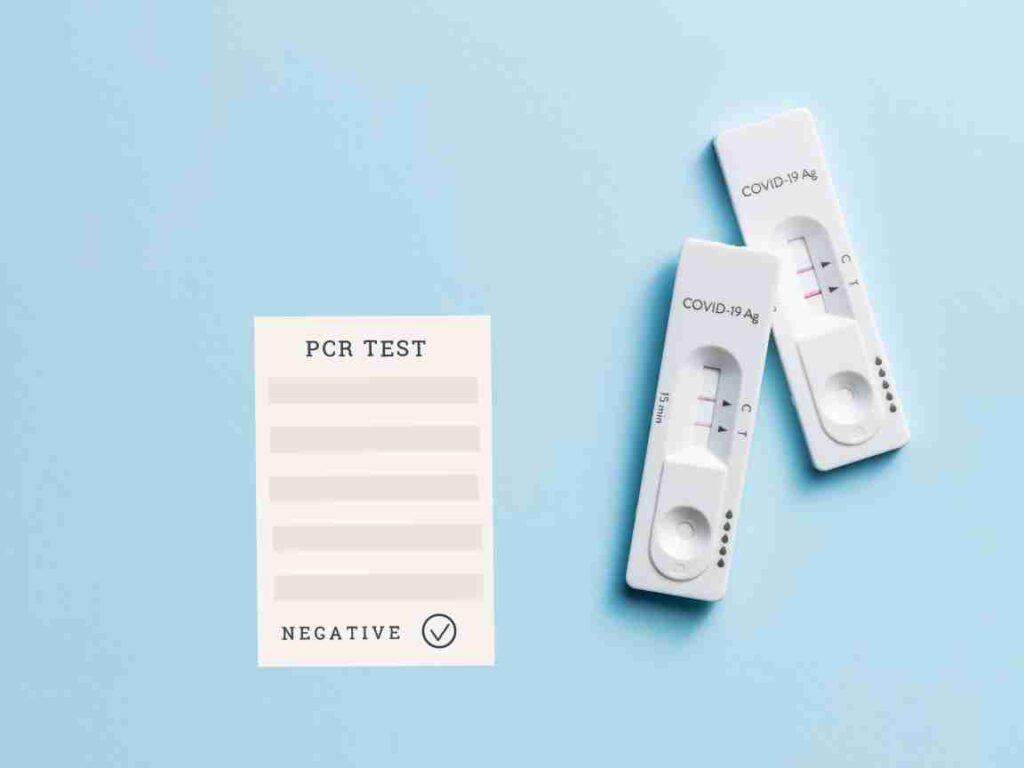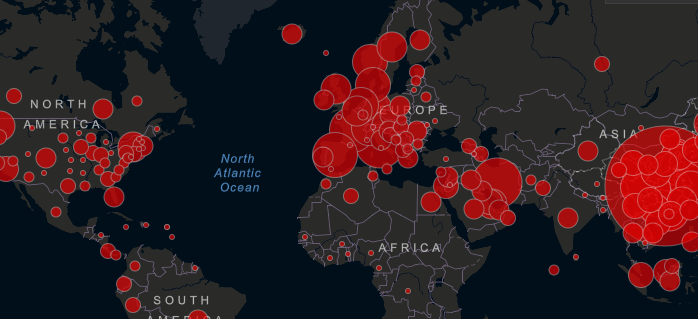The COVID-19 pandemic has brought about numerous challenges and terminologies that were previously unfamiliar to most people. Two such terms that often arise in discussions about testing and diagnosis are “Presumptive Positive” vs “Confirmed Positive.” While these terms may sound similar, they carry distinct meanings and implications. In this article, we will delve into the differences between Covid Presumptive Positive and Confirmed Positive cases to shed light on their significance in the context of the ongoing global health crisis.

What is a Covid Presumptive Positive case?
A Covid Presumptive Positive case refers to an individual who has tested positive for the coronavirus, primarily based on their symptoms, exposure history, and preliminary diagnostic tests. Presumptive positive cases occur when a person exhibits COVID-19 symptoms or has had close contact with a confirmed positive case, but their test results have not yet been confirmed by a second round of testing or validated by a reference laboratory.
In these instances, healthcare providers exercise caution by assuming the individual is infected and take necessary precautions to prevent the potential spread of the virus. Presumptive positive cases often prompt health authorities to initiate contact tracing, isolation, and treatment protocols, despite the absence of a confirmed laboratory result.
What is a Confirmed Positive case?
A Confirmed Positive case refers to an individual who has tested positive for COVID-19 following a diagnostic test, typically involving laboratory analysis of respiratory samples, such as nasal or throat swabs. These tests, like the widely used RT-PCR (Reverse Transcription Polymerase Chain Reaction) tests, are highly specific and reliable in detecting the presence of the SARS-CoV-2 virus.
Confirmed Positive cases provide a higher degree of certainty regarding the presence of the virus, as their test results have undergone thorough examination and verification by accredited laboratories. These results are crucial for accurate reporting of cases, statistical analysis, and formulation of public health policies. Confirmed cases are often prioritized for contact tracing, treatment allocation, and other necessary interventions.
Differences
The primary difference between Covid Presumptive Positive and Confirmed Positive cases lies in the level of certainty associated with the diagnosis. Presumptive positive cases are identified based on preliminary evidence, including symptoms and exposure history, while awaiting confirmation from a second round of testing or a reference laboratory. On the other hand, Confirmed Positive cases have undergone rigorous testing and analysis, providing a higher level of confidence in the diagnosis.
Additionally, the response and management strategies differ for each category. Presumptive positive cases initiate contact tracing and isolation measures promptly, aiming to prevent potential transmission. Confirmed Positive cases receive definitive care, treatment, and follow-up interventions based on the confirmed diagnosis.
Here’s a table comparing the key characteristics of Covid Presumptive Positive and Confirmed Positive cases:
| Covid Presumptive Positive | Confirmed Positive | |
|---|---|---|
| Diagnosis Criteria | Symptoms, exposure history | Laboratory testing |
| Testing Process | Preliminary test results | Verified and validated by accredited laboratories |
| Level of Certainty | Lower certainty | Higher certainty |
| Response and Management | Contact tracing, isolation | Treatment allocation, follow-up interventions |
| Reporting and Analysis | May lead to inflated case numbers | Accurate representation of disease prevalence |
| Importance in Epidemiological Investigations | Initiates timely interventions | Foundation for research, policy decisions |
| Public Health Implications | Prompt action to prevent transmission | Accurate assessment of disease impact |
Please note that the information provided in the table is for illustrative purposes only and may vary depending on specific circumstances and evolving scientific understanding of COVID-19.
Importance and Implications:
Understanding the distinction between Covid Presumptive Positive and Confirmed Positive cases is essential for accurate data reporting, effective public health responses, and resource allocation. Presumptive positive cases play a crucial role in initiating timely interventions to contain the spread of the virus. However, relying solely on presumptive cases can lead to inflated case numbers and misinterpretation of the true magnitude of the outbreak.
Confirmed Positive cases, with their validated test results, form the foundation of epidemiological investigations, research studies, and policy decisions. They provide a more accurate representation of the actual prevalence and impact of the disease.
Conclusion
In the battle against COVID-19, distinguishing between Covid Presumptive Positive and Confirmed Positive cases is vital. While Presumptive Positive cases allow for quick response and precautionary measures, Confirmed Positive cases provide the definitive evidence necessary for accurate reporting and decision-making. As the pandemic evolves, it is crucial for healthcare professionals, researchers, and the public to understand these distinctions to navigate through the crisis effectively and safeguard public health.
